CMA CGM partners with Energy Observer on hydrogen-powered shipping
Green Car Congress
FEBRUARY 11, 2020
The CMA CGM partnership deals with the development of cleaner and more sustainable energies to eliminate CO 2 emissions, greenhouse gases and air pollutants. It aims to experiment, test and develop energy solutions based on hydrogen, solar, tidal and wind power.

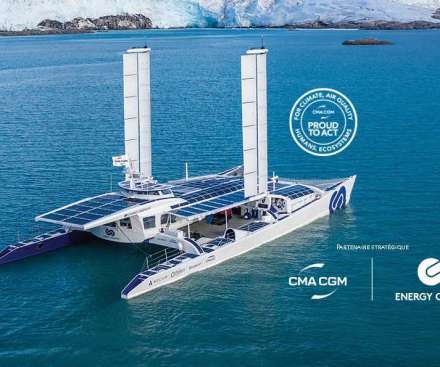


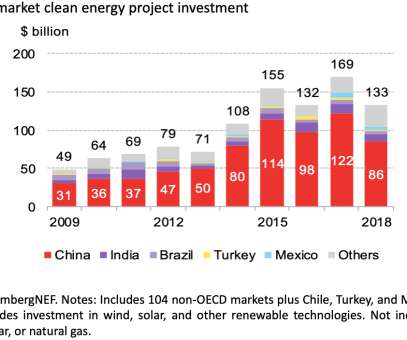





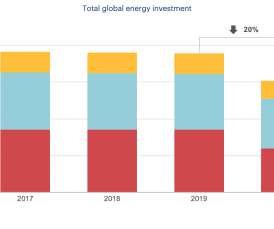








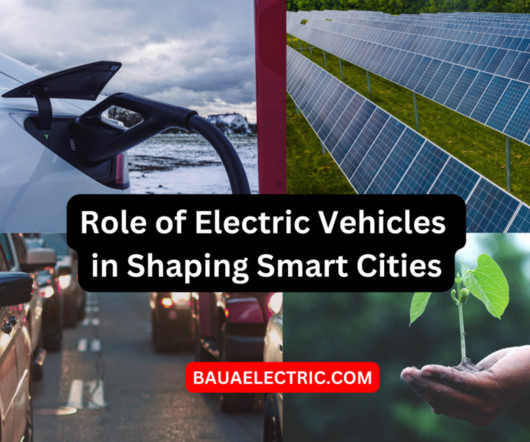




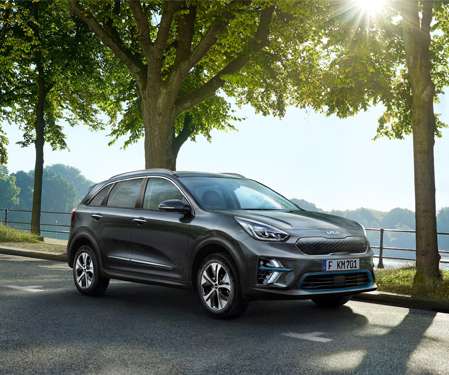










Let's personalize your content